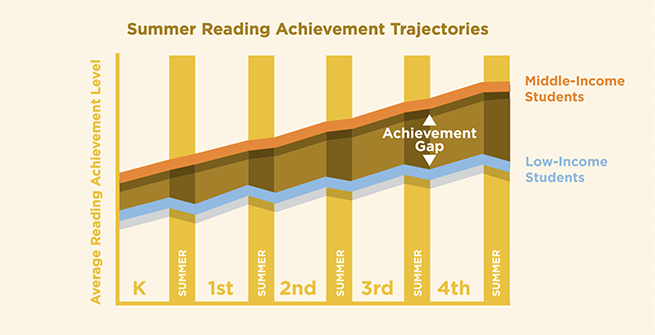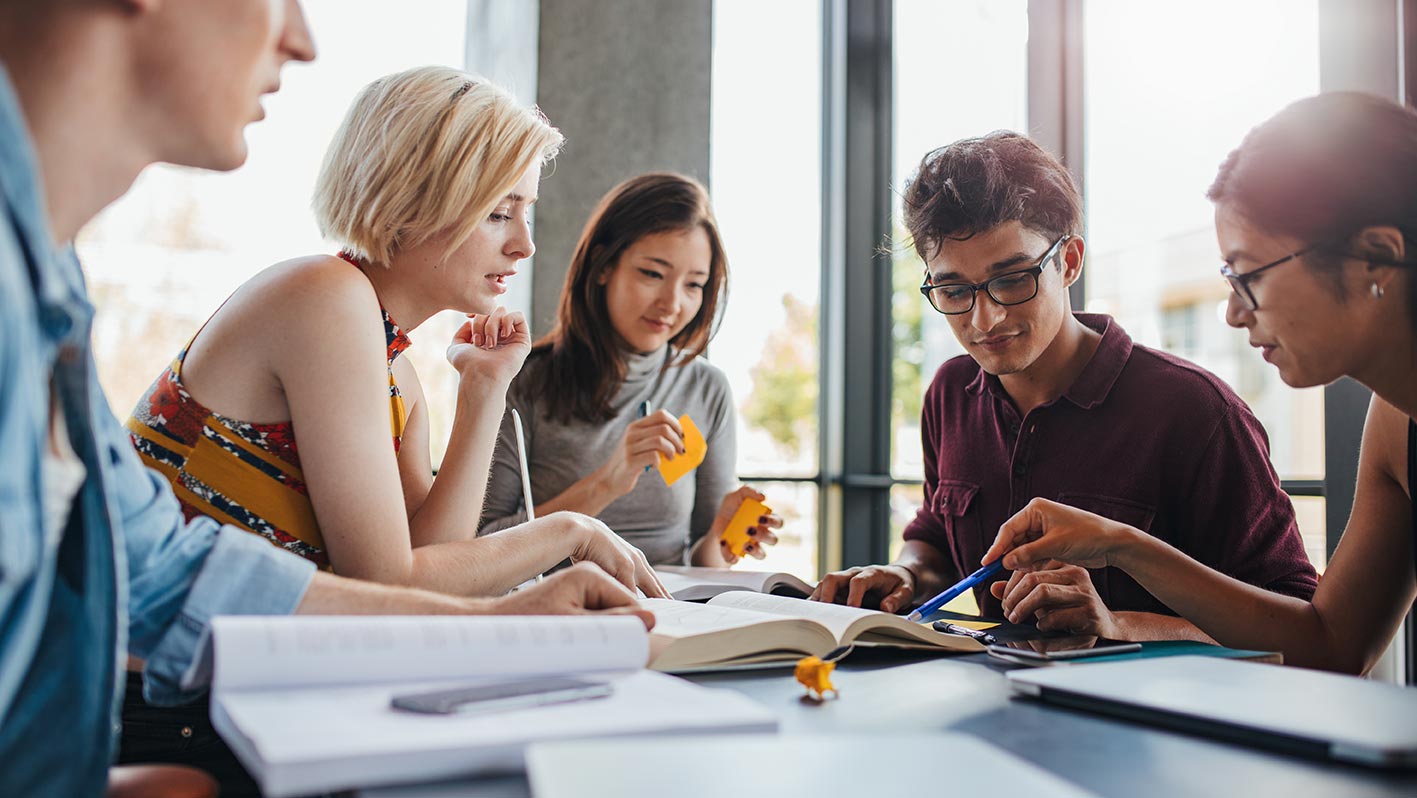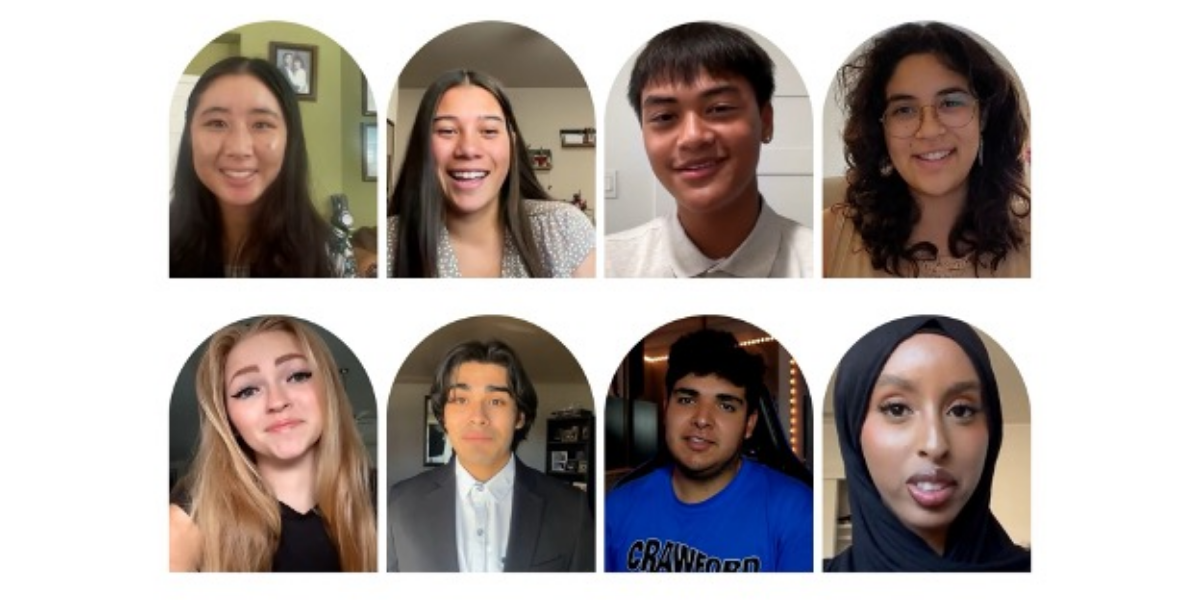The impact of summer learning loss can be devastating, especially for students who are from low-income families and underrepresented communities.
The research is measurable:
- Students lose mathematics and reading knowledge over the summer (RAND Education)
- Student achievement scores decline sharper for math than for reading over summer vacation (NWEA MAP Growth)
- The extent of learning loss during summer is larger at higher grade levels (Brookings Institute)
Recognizing the need to close the achievement gap, educational leaders are developing solutions to support learning and student engagement, such as offering summer learning and enrichment programs.
However, middle-income students have more opportunities to benefit from summer programming than lower-income students because the former have more access.

Summertime has always been a unique opportunity to support the whole student experience. But not every student has access, which contributes to opportunity gaps and inequitable outcomes in critical subjects like reading and math
According to the Leveraging Summer for Student Access report:
- Unequal summer learning opportunities during elementary school years are responsible for about two-thirds of the ninth-grade achievement gap between lower- and higher-income youth
- As a result, low-income youth are less likely to graduate from high school or enter college
- Low-income children are nearly three grade equivalents behind their more affluent peers in reading by the end of the fifth grade due to summer learning loss.
Additionally, RAND Education states students in low-income neighborhoods and schools experience larger learning losses over the summer relative to peers in wealthier neighborhoods or schools, and low-income students have fewer opportunities for enriching non-academic experiences relative to their more-affluent peers.
Despite the resilience students have demonstrated over the past year, the COVID-19 crisis has both highlighted and exacerbated the existing inequalities challenging young people.
A McKinsey & Company 2020 report outlined that while the average learning loss during the COVID-19 distance learning environment is seven months, Black students may fall behind 10.3 months, Hispanic students by 9.2 months and low-income students by more than a year. This could also lead to an increase in dropout rates.

Summer Learning Matters
Given the disruption to in-person instruction and closure of youth-serving community centers and services due to the pandemic, there is an increased need for responsive
summertime learning environments to accelerate learning and address the social-emotional needs of youth, especially for those student groups most impacted by COVID-19.
High-quality summer learning programs can accelerate learning, impart non-cognitive skills that impact academic achievement and nurture a sense of community and belonging.
Educators and policymakers recognize, more than ever, summer enrichment activities for students are an essential complement to summer school learning.
Summer programs that utilize community assets and spaces can respond to the needs of students most impacted by the COVID-19 crisis, accelerate student learning and support the development of well-being, knowledge, and skills through the summer while promoting a sense of hope, belonging and anticipation for the coming academic year.
Enrichment programs include:
- Academic tutoring
- Exposure to career pathways and internships
- Outdoor nature experiences
- Performing and musical arts programs
- Reading and writing experiences
- Sports and fitness programs
- STEM and STEAM related experiences
- Visual and media arts programs
San Diego Summer of Learning & Joy
Locally, we have partnered with nonprofit community-based organizations and school districts across San Diego County, including San Diego Unified’s Level Up SD program, to expand the availability of summer enrichment activities, at no cost, to low-income, underrepresented students for the 2021-2022 academic year.
This grant opportunity seeks to fund a variety of creative programs that prioritize the following strategies:
- Support student learning to increase or maintain academic progress
- Prepare students for success in their post-secondary and career pathways
- Provide opportunities for social-emotional learning and well-being for students
- Foster the renewal and cultivation of supportive peer relationships
- Activate our region’s vibrant communities and natural resources as sites of discovery and learning
- Expose young people to a diversity of mentors, role models and career pathways
- Celebrate talent and provide opportunities for creative youth development
- Offer opportunities to engage in sports and other physical activities
- Provide culturally affirming spaces for students of diverse backgrounds
- Increase family, caregiver and/or community engagement in student’s well-being and academic preparedness




